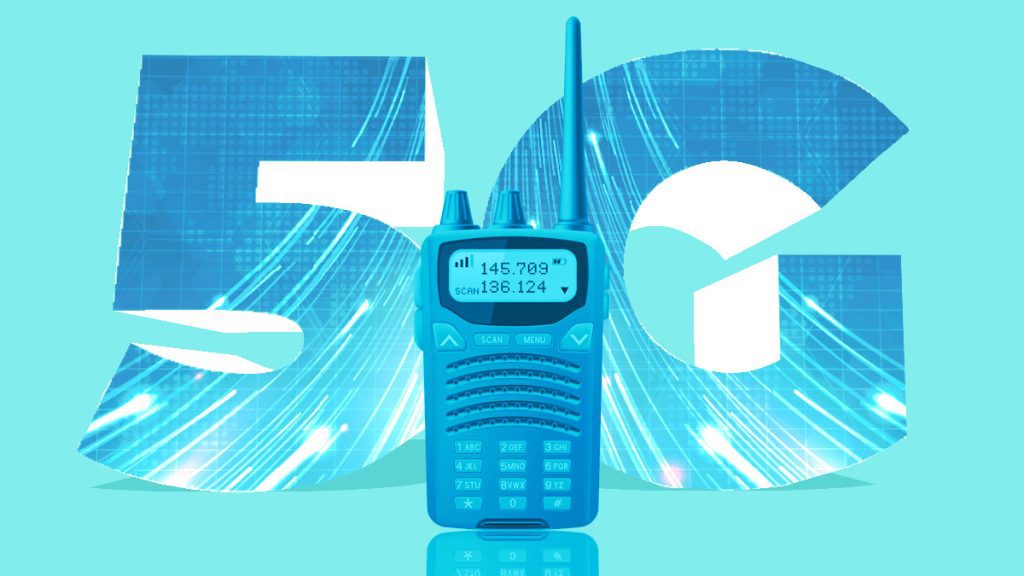The CBRS 5G Essential Bond

As long as client devices can operate in the 3.5 GHz range, the applications for CBRS are limitless. Compared to Wi-Fi which uses unlicensed bands, which are prone to competition from competing technologies. CBRS is typically on its own lane. You can utilize CBRS for financial advantages. In some circumstances. CBRS will be the most excellent fit for access and security because enterprise equipment is based on requirements. In other cases, CBRS would be an expensive problem without a solution. The CBRS 5G link can be a fascinating element of the future of telecommunications.
Is CBRS an Ally or Rival?
CRBS is pushing private network adoption and deployment. It also offers further advantages when dependability, low latency, and speed are crucial. This is because it uses a licensed spectrum. User licenses are divided into three tiers, each of which offers a different level of access capabilities. These tiers run on the radio frequency spectrum in the 3.5GHz to 3.7GHz range:
- Tier 1: Current technologies employed by the US military and satellite stations.
- Priority Access License, Tier 2. (PAL). Customers are given access to a 10 MHZ channel under this tier in a specific geographic area.
- General Authorized Access, Tier 3 (GAA). This third tier is open to private businesses without interfering with the higher tiers.
CBRS 5G growth would be fueled by private LTE, with expected market revenues of $100 million by 2024. Enterprises using CBRS currently have extensive software, gear, and services support. The OnGo Alliance (formerly the CBRS Alliance) is a collaboration of over 185 firms. Including well-known companies like Facebook and Google, as well as Ericsson, Cisco, Intel, and Qualcomm. According to an announcement made by Qualcomm Technologies, Inc., and Ericsson in September 2021. Microsoft Azure provides Federated Wireless 4G/5G service as a choice for connecting to the cloud.
Finally, Since the start of the epidemic, businesses that have adopted IT and wireless innovation have shown greater adaptability, efficiency, and resilience in the face of disruptive change. For businesses and consumers, the development of the 5G service depends on CBRS. Companies investing in this infrastructure will be well-positioned to use the CBRS 5G spectrum as it gains popularity. CBRS will lay the groundwork for new service providers and the acceleration of digital activities through 2022 and beyond because wireless speeds frequently surpass those of wired networks.
CBRS 5G Presence in KSA
One of the first nations in the Middle East to assign critical mid-band spectrum for 5G and CBRS 5G is the Kingdom of Saudi Arabia. With auctions for the 2.3 GHz, 2.6 GHz, and 3.5 GHz bands having been successfully concluded in early 2019. Telcos previously gave out the 700 MHz and 800 MHz bands of low-band spectrum mainly for 4G. Yet operators can also utilize them for 5G because the licenses are technology-neutral. Making more range accessible for mobile broadband or IMT services was one of the KSA’s strategic goals for the National Transformation Program (NTP) 2020.
In the low- and mid-band frequencies, operators in the KSA now have access to more than 1000 MHz of licensed spectrum. This ranks on par with or higher than most of the top nations in Europe, the Americas, and Asia-Pacific. The previous choices of investing and setting up the 3.5GHz CBRS preferable frequencies allow the kingdom today to implement CBRS and its private networks at higher levels. Furthering their telecommunication solutions for the 2030 vision.
Lastly, Saudi Arabia is dedicated to improving the quality of mobile service quality. It is a pillar of vision 2030. The kingdom has set objectives to promote 5g deployment through all methods, and CBRS is one of them. Said objectives have a deadline of five years, with specific quality of service as a crucial element of the plan.
The Future of CBRS
The Citizens Broadband Radio Services (CBRS) market is still in decent shape. With investments in the 5G Radio Access Network (RAN) expected to total between $500 million and $1 billion between 2020 and 2025. According to predictions made by specialists a few years ago. The CBRS RAN market was expected to surpass $1 billion by 2023 due to the demand for LTE and 5G CBRS solutions. But this year’s uptake of LTE CBRS base stations was slower than anticipated.
Moreover, for the short upcoming stent, LTE is anticipated to drive most investments, with CBRS-based 5G New Radio (NR) Capex expected to take the lead by 2025. By 2025, CBRS RAN sales will represent 5 percent of the North American RAN market, with the CBRS RAN market size remaining broadly stable. CBRS, millimeter wave and additional sub-6 GHz deployments are all included in the total RAN market.
Fixed Wireless Access (FWA) is dominating The CBRS RAN expenditure mix. Which is receiving a lot of attention right now due to installations by major carriers like T-Mobile and Verizon and capacity augmentation for mobile broadband applications. The market research company predicts that the enterprise share will increase later in the forecast period. Saudi Arabia is leading the way in CBRS adoption. The kingdom is hoping to implement the effectiveness of private CBRS networks as a solution.
Concluding Thoughts
CBRS 5G is not there to compete with 5G necessarily. But if you want to look at it as healthy competition, it is possible. You can consider CBRS as an ally to push specific uses of 5G networks or a competitor moving the market forward. What is sure is that the global telco market is keen on adopting and implementing CBRS as the economic downturn approaches us. In contrast, MENA giants like KSA consider CBRS a vital element of their 2030 vision.
Inside Telecom provides you with an extensive list of content covering all aspects of the tech industry. Keep an eye on our Connectivity section to stay informed and up-to-date with our daily articles.
